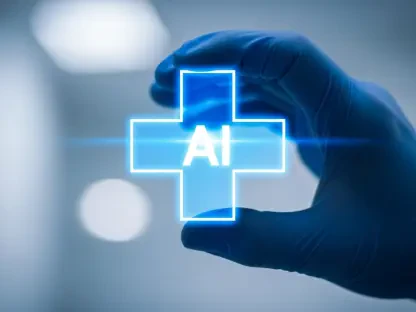Do traditional approaches in dealing with post-traumatic stress disorder (PTSD) fall short of meeting the needs of millions? A statistic seldom discussed is the staggering $232.2 billion economic burden this disorder imposes on the United States, raising concerns on both financial and human fronts. This reality prompts a reconsideration of how PTSD is treated, ushering in digital therapies as a potentially revolutionary approach.
Understanding the Stakes
The $232.2 billion financial impact of trauma and PTSD in the U.S. underscores profound societal costs. These aren’t merely figures on paper; they reflect lost productivity, increased healthcare expenditure, and escalating societal challenges. Individuals grappling with PTSD often face intense personal battles, including disrupted relationships and employment difficulties. The need for more effective treatment options is not just an economic issue but a deeply human one, affecting countless lives every day.
The Traditional Approach’s Limitations
Current mental health practices heavily reliant on therapy and medication often neglect key physiological symptoms of PTSD. This shortfall becomes especially apparent when considering specific demographics like women, who experience heightened physiological responses. The treatment paradigm frequently leaves these physical manifestations inadequately addressed, showing a gap in truly comprehensive care. Such limitations highlight the imperative for treatment models that account for both mental and physical aspects.
Digital Therapies: A Compelling Agenda
Digital solutions offer a groundbreaking development in PTSD care. Technologies such as FDA-cleared digital therapeutics present new avenues for patient engagement, aiming to address the physiological intricacies of the disorder. Case studies demonstrate significant efficacy, with patients showing marked improvement by using these interactive platforms. This shift in therapeutic options may herald a new era in mental health treatment, moving beyond conventional methods to embrace innovation.
Insights from the Field
Mental health experts increasingly advocate for the integration of technology into treatment plans. Joseph Perekupka provides compelling insights into how digital therapies can redefine PTSD care. Clinical testimonies reveal patients experiencing profound benefits from these therapies, easing their journey to recovery. Such endorsements add weight to the argument that digital solutions are not simply futuristic but are an integral part of modern therapeutic practices.
Implementing Digital Therapies: A Path to Transformation
Integrating these innovations within current PTSD treatment protocols requires strategic planning. Overcoming resistance within the healthcare sector involves showcasing the tangible benefits of digital therapies and fostering acceptance among stakeholders. Practical frameworks for healthcare providers must be established to seamlessly adopt these advancements. This integration is key to transforming the way PTSD is approached, aligning treatment strategies with technological evolution.
In conclusion, the exploration into digital therapies has revealed their potential as transformative forces in PTSD treatment. By embracing technology, the healthcare industry can address the duality of mental and physiological symptoms, leading to superior patient outcomes and reduced economic burden. The future of PTSD care hinges not on maintaining current practices but on adopting these innovative solutions. Providers and stakeholders must commit to proactivity, ensuring new methodologies are seamlessly intertwined with traditional ones. As digital therapeutics become a more substantial part of the mental health landscape, their role in shaping PTSD care will likely become an indispensable element of modern medical practice.









